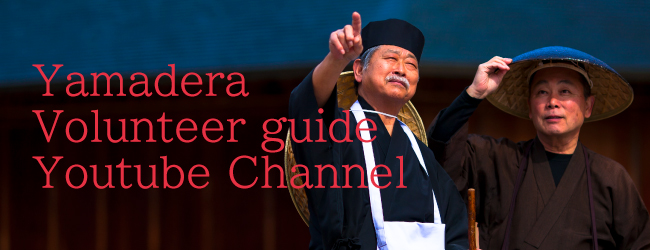Barrier of Shirakawa / Pine of Takekuma
Barrier of Shirakawa / Pine of Takekuma
Basho passed the Barrier of Shirakawa (present-day Shirakawa city, Fukushima), a site that appears in classical poetry and was traditionally considered the entrance to the Michinoku region, on June 8. The “barrier” itself had already disappeared before the Edo period, and its exact location was not known, but the Barrier of Shirakawa still enjoyed symbolic importance as the southernmost starting point of the Tohoku region.
Basho and Sora passed Asaka and Fukushima, and then they crossed the great Abukuma River by boat to visit the Pine of Takekuma (present-day Iwanuma city, Miyagi prefecture). This pine tree had been cut down before the Heian-period Buddhist priest and poet Noin Hoshi visited the area, but it was later replanted, and Basho was greatly impressed to see the magnificent tree that it had grown into.
Basho then proceeded to enter the castle town of Sendai, in the Sendai Domain ruled by the Date clan, and he visited many utamakura, famous places often mentioned in classical poems of old. At the time, officials and private citizens of the Sendai Domain were engaged in an effort to preserve and maintain these utamakura sites.
The places visited by Basho included Miyagino, an area famed for its hagi bush clover, which he mentions in a haiku poem, as well as Tsutsujigaoka, where the azalea was known to grow in thick profusion. After leaving Sendai, on his way to Taga Castle and Matsushima, Basho came across a path called the Oku no Hosomichi, or “Narrow Road to the Deep North,” and it is believed that Basho named his travel narrative after this path.
